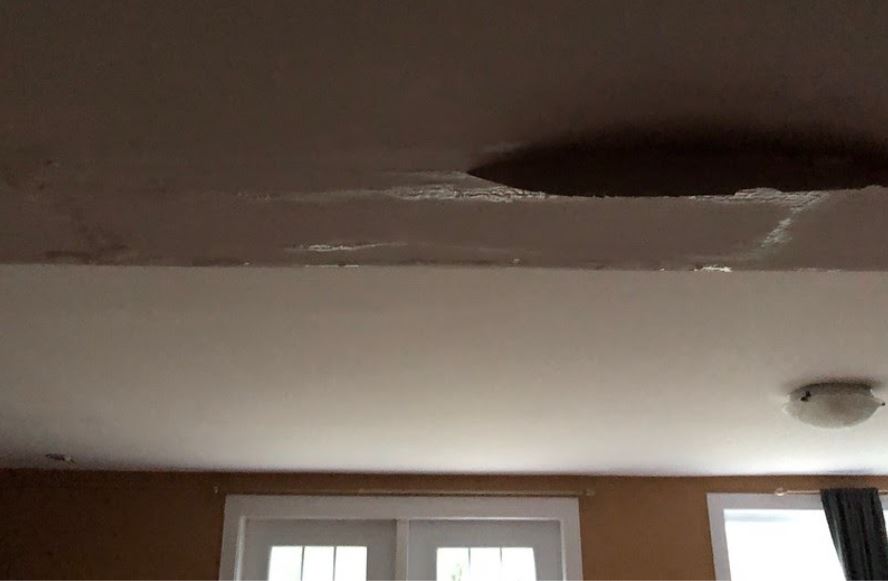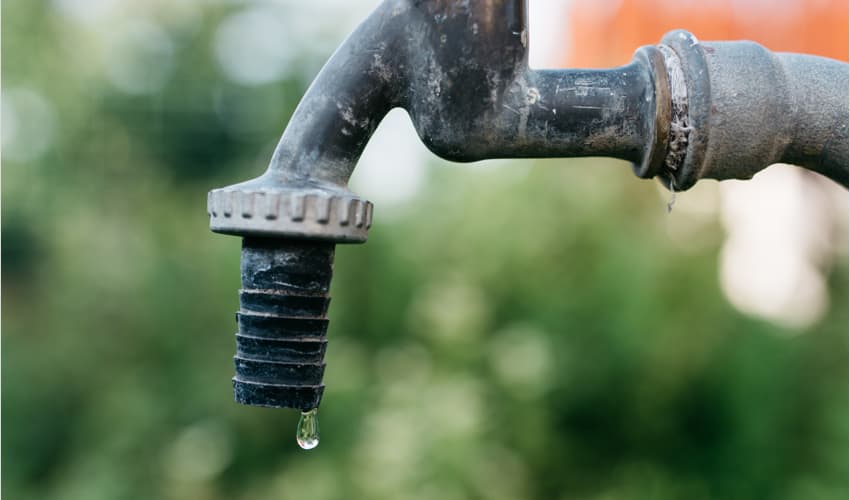The Residential Common Frequent Leak Triggers: Investigation
The Residential Common Frequent Leak Triggers: Investigation
Blog Article
We've discovered this great article about How to Find Water Leaks below on the net and accepted it made perfect sense to share it with you on my blog.

Leakages not just create waste of water yet can additionally create unneeded damages to your home and promote undesirable natural development. However, water leakages could go undetected considering that the majority of the pipework in our house is hidden. By looking and also recognizing for day-to-day circumstances that trigger leaks, you can protect your house from future leaks and also unneeded damages. Today, we will look at 6 leakage triggers that may be triggering your pipes to drip.
Instant temperature level changes.
Severe temperature modifications in our pipes can trigger them to increase as well as get unexpectedly. This development and tightening might trigger splits in the pipes, particularly if the temperature level are below freezing.
Rusty water systems
As time goes by, your plumbing system ages and rust such as corrosion might start gnawing the pipelines. This might be the reason for staining or warping on your water pipes. This asks for an evaluation with your plumber promptly. Consider replacing the pipelines given that they are at a higher risk of rust than the more recent versions if our plumbing system is old.
Defective Pipe Joints
Pipe joints can weaken over time, resulting in water leakages. If you have loud pipes that make ticking or banging noises, specifically when the warm water is transformed on, your pipe joints are probably under a whole lot of pressure.
Trespassing origins
Most water leaks start outside the residence instead than inside it. You might see wet spots or sinkholes in your yard, and also that may mean that tree origins are getting into water lines causing water to permeate out.
Poor Water Connectors
At times, a leakage can be created by loose pipes and pipelines that provide your devices. In situation of a water links leakage, you may see water running straight from the supply line or puddles around your appliances.
Clogged Drains
Clogged drains pipes may be frustrating as well as inconveniencing, yet they can sometimes wind up creating an overflow resulting in break pipelines. Maintain eliminating any kind of materials that might decrease your drains pipes that might obstruct them to stay clear of such troubles.
All the above are sources of leakages yet not all water leakages arise from plumbing leakages; some leaks could come from roofing system leakages. All leakages ought to be repaired quickly to avoid water damage.
Leaks not only trigger waste of water however can additionally create unnecessary damage to your home as well as promote unwanted organic development. By looking and understanding for everyday situations that trigger leaks, you can secure your house from future leaks as well as unnecessary damage. Today, we will look at 6 leakage creates that might be creating your pipelines to trickle.
At times, a leakage can be triggered by loosened pipes as well as pipes that supply your appliances. In case of a water connections leak, you might notice water running straight from the supply line or pools around your home appliances.
How To Check For Water Leak In Your Home
How To Check for Leaks
The average household's leaks can account for nearly 10,000 gallons of water wasted every year and ten percent of homes have leaks that waste 90 gallons or more per day. Common types of leaks found in the home are worn toilet flappers, dripping faucets, and other leaking valves. These types of leaks are often easy to fix, requiring only a few tools and hardware that can pay for themselves in water savings. Fixing easily corrected household water leaks can save homeowners about 10 percent on their water bills.
To check for leaks in your home, you first need to determine whether you're wasting water and then identify the source of the leak. Here are some tips for finding leaks:
Take a look at your water usage during a colder month, such as January or February. If a family of four exceeds 12,000 gallons per month, there are serious leaks.
Check your water meter before and after a two-hour period when no water is being used. If the meter changes at all, you probably have a leak.
Identify toilet leaks by placing a drop of food coloring in the toilet tank. If any color shows up in the bowl after 10 minutes, you have a leak. (Be sure to flush immediately after the experiment to avoid staining the tank.)
Examine faucet gaskets and pipe fittings for any water on the outside of the pipe to check for surface leaks.
Undetected water leaks can happen without the home or business owner even realizing. If you suspect a water leak, but not able to find the source. It is time to contact a professional water leak detection service, The Leak Doctor.
How To Find a Water Leak In Your Home
https://www.leakdoctor.com/blog/How-To-Check-For-Water-Leak-In-Your-Home_AE197.html

I am just very intrigued by How to detect water leaks in your home and I am assuming you liked the blog post. Do you know somebody else who is fascinated by the subject? Do not hesitate to promote it. Thank you for your time. Kindly come visit our site back soon.
Resolve today. Contact. Report this page